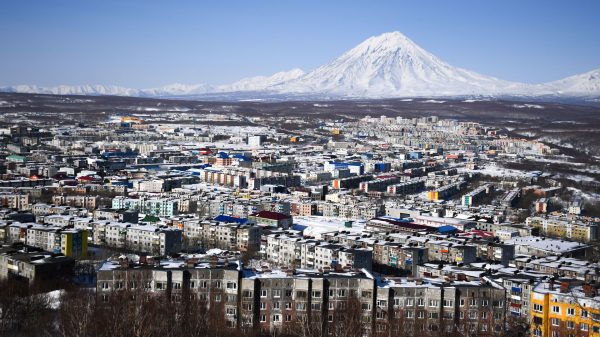“This is not such a harmless place where nothing happens”
On the shrinking Moon — as scientists have found out — hours of earthquakes and landslides occur. As the core of Earth's only natural satellite cools, it shrinks, creating ripples tens of meters high across the entire lunar surface.

The Moon's constancy in the night sky belies a more variable reality, researchers said in a new NASA-funded study.
According to The Guardian, as the core of the Earth's only natural satellite cools, the Moon shrinks, causing it to “shrink.” This phenomenon creates ripples tens of meters high, called thrust faults, across the entire surface of the Moon.
These faults, in turn, can become the site of hours-long lunar earthquakes and landslides, which could endanger humans and robots as humans continue to explore the Moon, writes The Guardian.
“Our modeling suggests that shallow moonquakes capable of causing strong ground shaking in the south polar region are possible due to slip events on existing faults or the formation of new thrust faults,” says Tom Watters of the Smithsonian Institution, lead author of the new study published in journal Planetary Science.
In particular, the researchers focused on the moon's south pole, a region considered strategically important because scientists believe there may be permanently shadowed regions with deposits of water ice. The Moon's south pole has already been identified as the focus of NASA's Artemis III crewed lunar mission, scheduled for September 2026.
The Moon's changing surface was captured by the Lunar Reconnaissance Orbiter, which detected thousands of «relatively small young fractures» widespread in the lunar crust, and seismic devices left on the lunar surface by astronauts decades ago.” The new study correlated these faults with seismic data.
“The global distribution of young thrust faults, their potential activity, and the possibility of new thrust faults forming as a result of ongoing global compression should be considered when planning the location and stability of permanent outposts on the Moon,” Watters said in a statement released to Nasa.
Tom Watters later told CNN that he didn't want to “alarm anyone” or “discourage research,” but wanted to warn future researchers.
He emphasized: “The moon is not such a harmless place where nothing happens.”























































Свежие комментарии